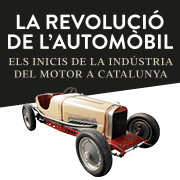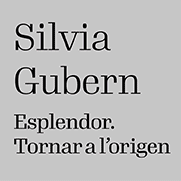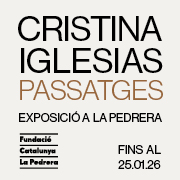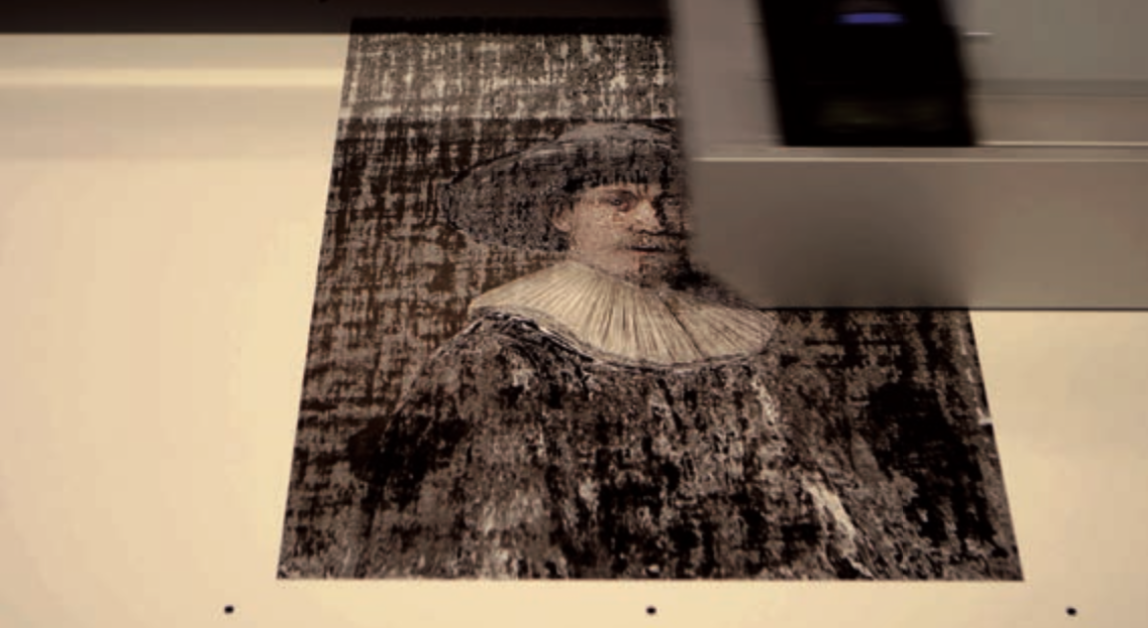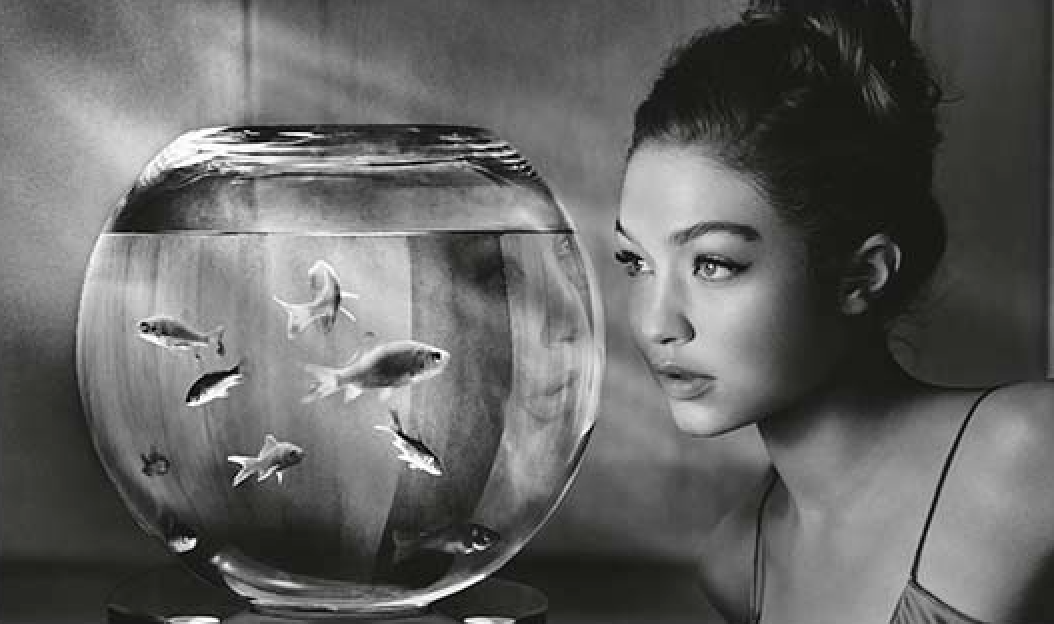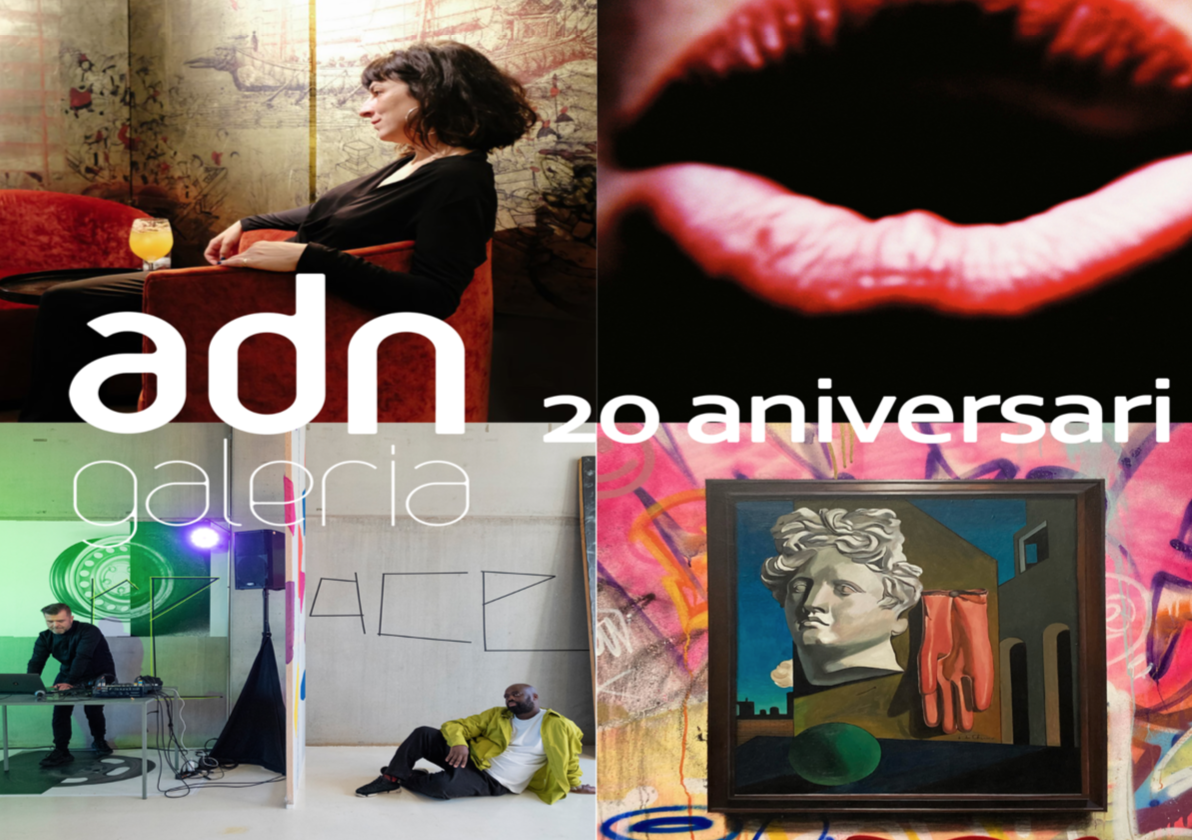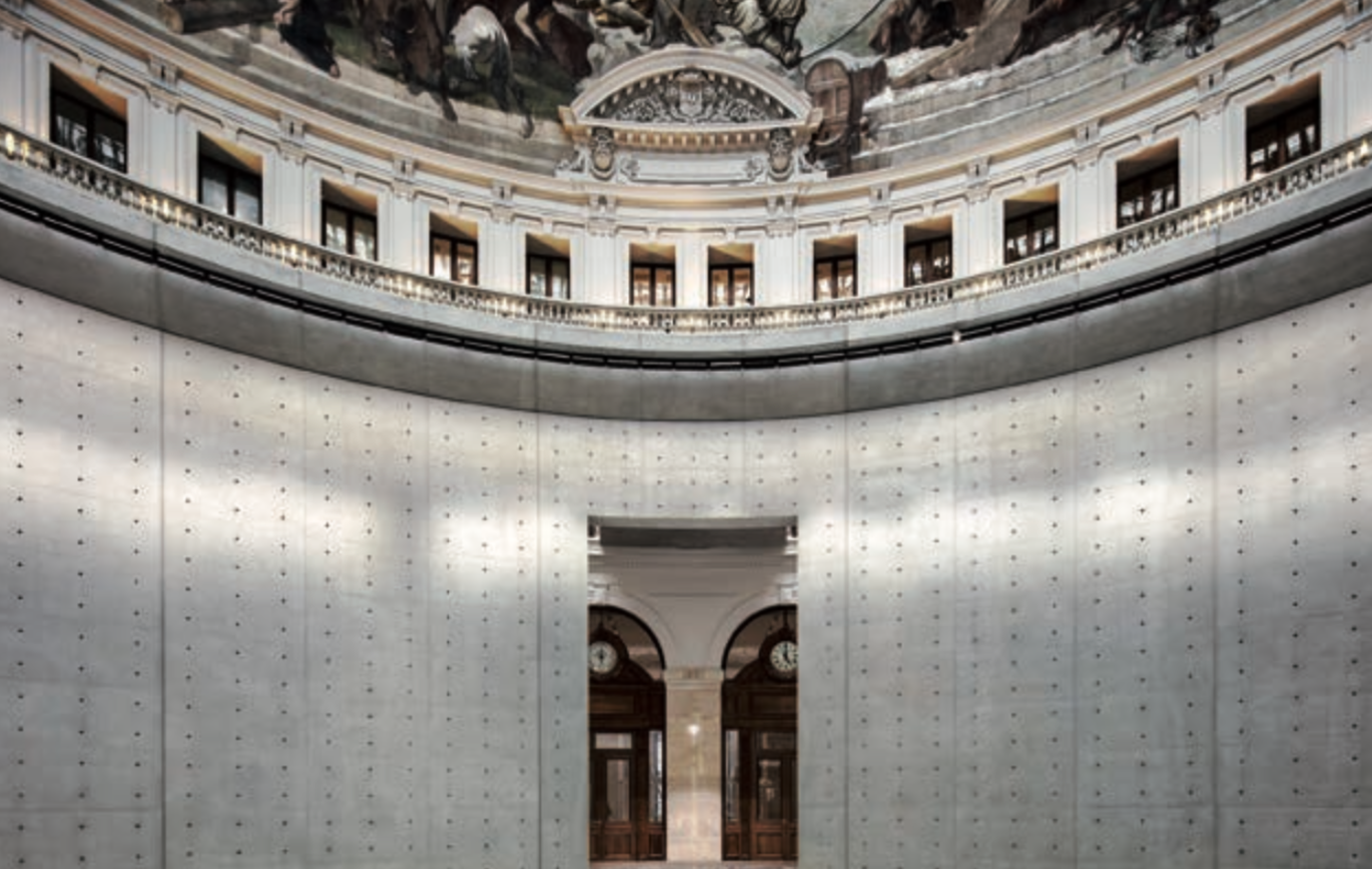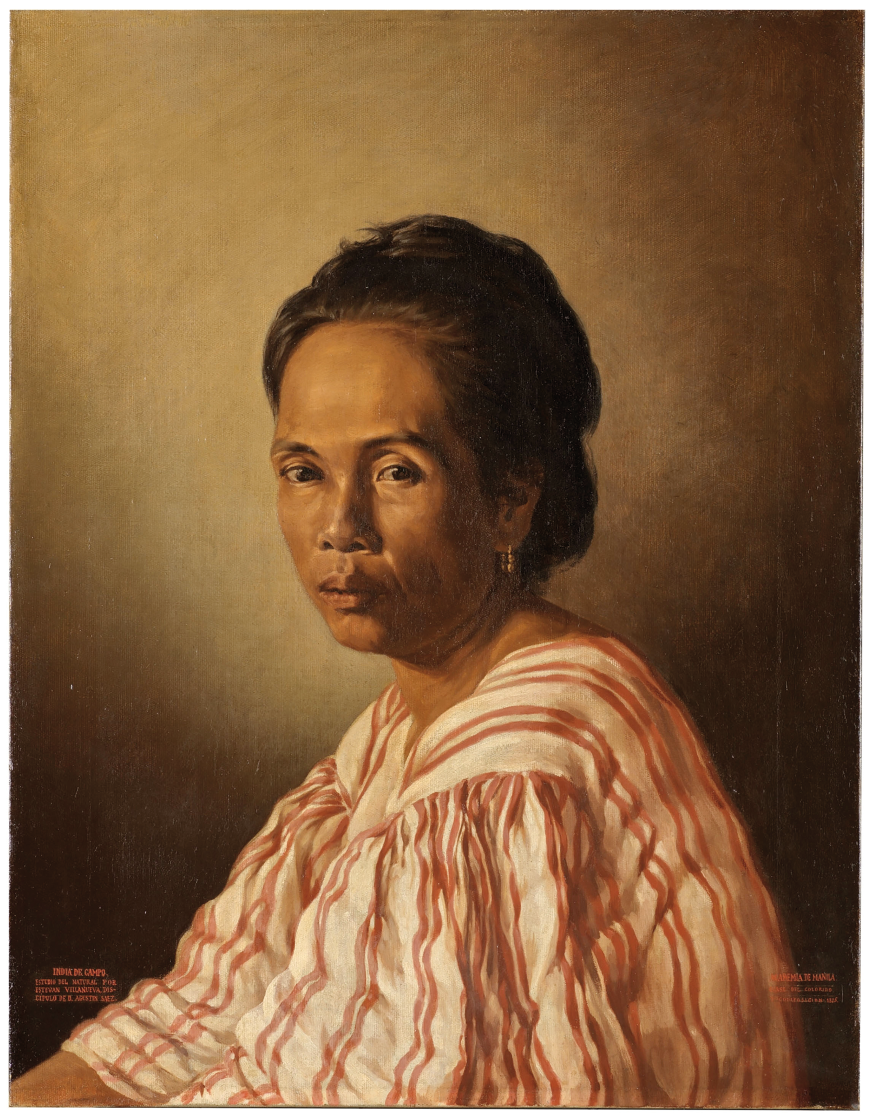
Now we have the opportunity to contemplate at Caixaforum Barcelona a very unique exhibition such as The century of portraiture at the Museu del Prado. From the Enlightenment to modernity . All the works come from the 19th century collections of the Madrid museum, through painting, sculpture, engraving, drawing, miniatures, photography and medallions, and having as their only subject the portrait. The curator is Javier Barón, head of 19th century painting conservation at the Museo Nacional del Prado.
The portrait has always played a major role in the history of art. From Roman sculptures to the present day, many artists have been interested in it. In any case, it is during the Baroque period that more examples are found, mainly due to the commissions that painters received to represent relevant characters from the nobility, the Church and the bourgeoisie.
A large number of Spanish painters have dedicated themselves to it, such as El Greco, Velázquez, Ribera, Murillo, Sánchez Coello, Carreño de Miranda and Goya, among others. From Goya, that is, in the 19th century, painters appear from a realistic side; it is the case of Vicent López, Eduardo Rosales, Federico de Madrazo, Ignacio Zuloaga, Esteban Villanueva, Joaquín Sorolla, Francesc Masriera, Ramon Martí Alsina and Joaquim Espalter, among others, as well as the sculptors Miquel Blay and Mariano Benlliure. All of them are present at CaixaForum.
The exhibition is divided into several sections: The image of power , often associated with important figures from the economic, political and social world whose main objective was to immortalize themselves through the portrait; The discovery of childhood , in which from the Enlightenment the representation of children takes on another role, and that is why we see works of Romanticism where their virtues such as "spontaneity, grace and innocence" appear; Identities , through the male and female portrait that serves to realize the social situation of each of the characters portrayed where their jewelry and dresses are shown. It is worth noting the figure of the Spanish " majas " that painters used to depict for "their grace and picturesqueness".
A special area is that of The image of death , since the portrait of the deceased, as had also happened in antiquity, is often shown, both in painting and in sculpture, in the most faithful way possible. The other areas are Portraits and self-portraits of the artists, Effigies amicorum . Images of writers, musicians and actors and The artist in his studio . They all perfectly complement the curator's idea of exhibiting one of the most recurring themes in art - the Prado collections alone contain a fifth of the painting fund - and that until the photograph appeared they were the only graphic document to know what they looked like, how they dressed and how they lived at that time.


